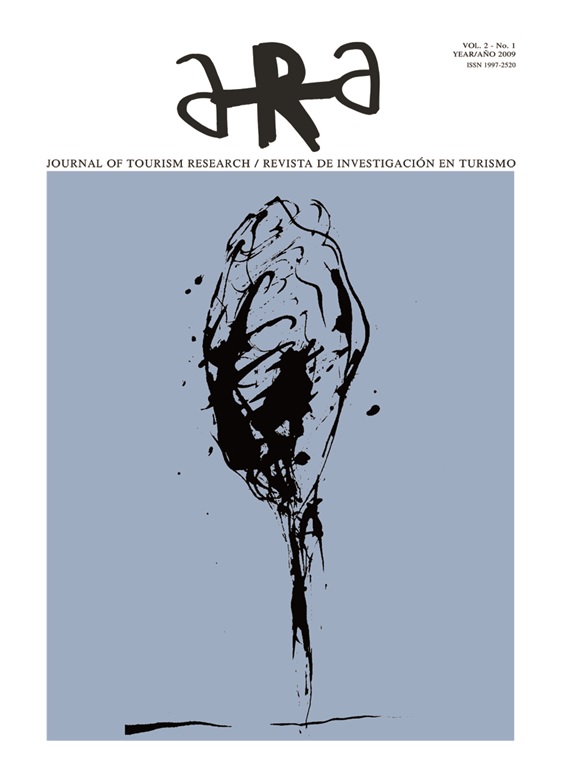Abandoned Spaces and the Myths of Place: Tourist Pioneers on Mexico’s ‘Mayan Riviera’
DOI:
https://doi.org/10.1344/ara.v2i1.18973Keywords:
Tourist pioneers, Mexico, consumption of space, ‘Mayan Riviera’Abstract
The creation of existential spaces, as part of the fabric of environmental history, is seen clearly in the accounts of the Caribbean coast of Mexico, today’s state of Quintana Roo, known as the ‘Mayan Riviera’. Over time we see: first, a ‘wilderness’, discovered by archaeologists, second, a ‘natural resource’ frontier of chicle extraction for the manufacture of chewing gum, third, an commodity, as theme park, leisure complex and cruise liner. The paper leads us to question ‘space’ and ‘place’ within the lexicon of global tourism, and to suggest the importance of historical context in explaining the consumption of space. Key Words: Tourist pioneers, Mexico, consumption of space, ‘Mayan Riviera’.
Downloads
Published
How to Cite
Issue
Section
License
The authors who publish in ARA agree to the following terms:
- Authors retain copyright and grant the journal the right of first publication.
- Texts will be published under a Creative Commons Attribution License that allows others to share the work, provided they include an acknowledgement of the work’s authorship, its initial publication in this journal and the terms of the license.
- This material may not be used for commercial purposes.
- You may not distribute the modified material.
Attribution-NonCommercial-NoDerivatives 4.0 International (CC BY-NC-ND 4.0)














